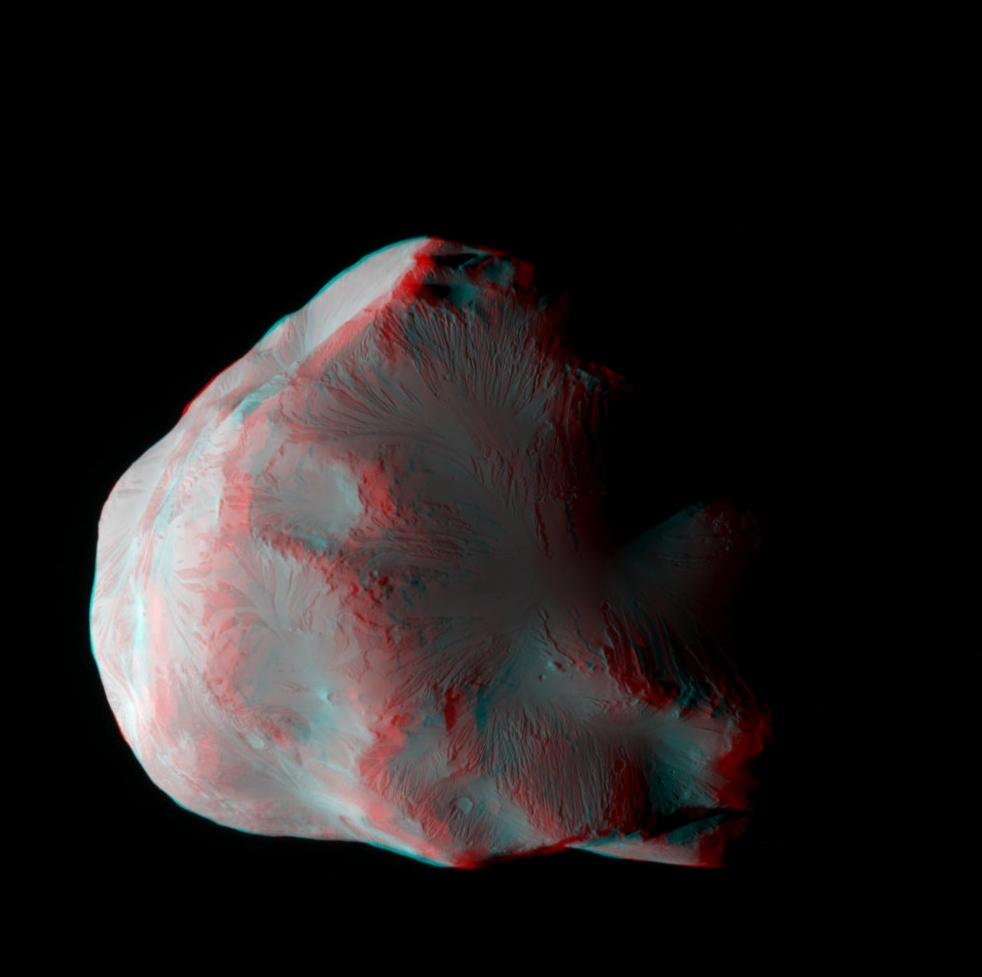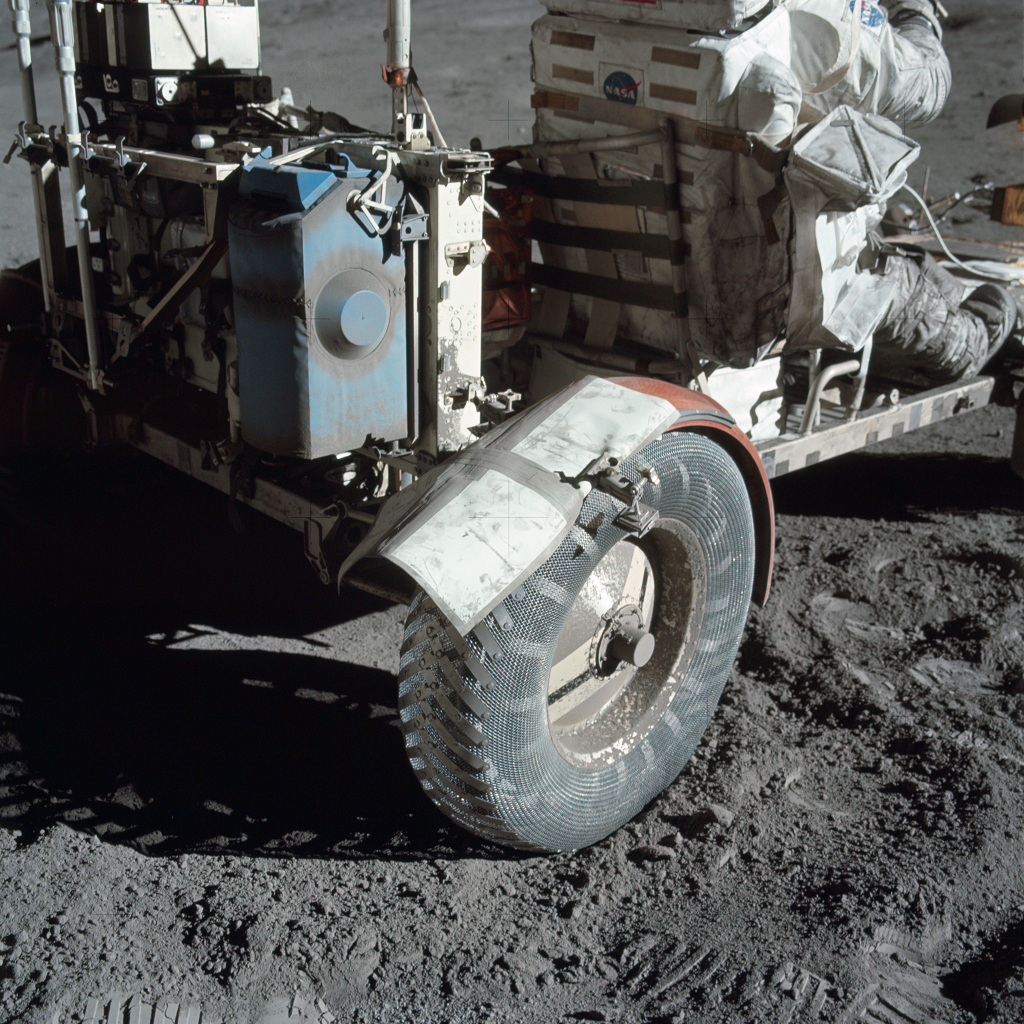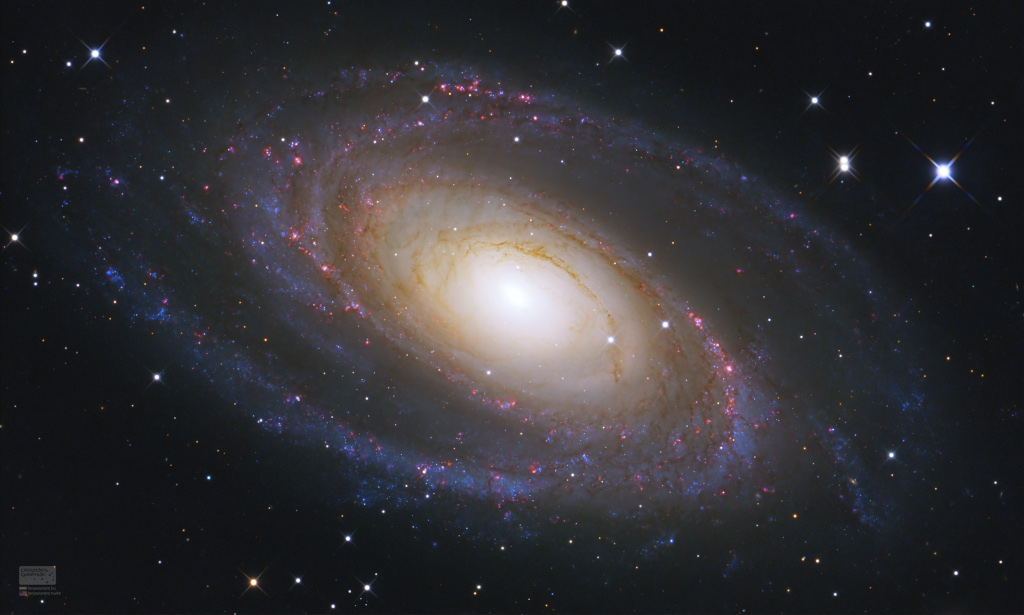2025 March 31
Video Credit: NASA, JHUAPL, Naval Research Lab, Parker Solar Probe; h/t: Richard Petarius III;
Music: Russian Easter Festival Overture, Op. 36 by N. Rimsky-Korsakov; Source: Musopen; Performance: Czech National Symphony Orchestra (via Musopen); Music Credit: Wikimedia Commons
Explanation: If you watch long enough, a comet will appear. Before then, you will see our Solar System from inside the orbit of Mercury as recorded by NASA's Parker Solar Probe looping around the Sun. The video captures coronal streamers into the solar wind, a small Coronal Mass Ejection, and planets including, in order of appearance, Mercury, Venus, Saturn, Earth, Mars, and Jupiter. Between the emergence of Earth and Mars, Comet Tempel 1 appears with a distinctive tail. The continuous fleeting streaks are high energy particles from the Sun impacting Parker's sideways looking camera. The featured time-lapse video was taken last year during Encounter 21, Parker's 21st close approach to the Sun. Studying data and images from Parker are delivering a better understanding of the dynamic Sun's effects on Earth's space weather as well as humanity's power grids, spacecraft, and space-faring astronauts.









